 by Sally Colby
by Sally Colby
It’s the fastest growing equestrian sport in the nation. Contestants in western garb race the clock as they use two .45 caliber single action revolvers with five rounds of specially loaded blanks to shoot at balloons from the back of a horse.
It’s called cowboy mounted shooting, and nearly every horse and rider has the potential to train and compete.
The process of starting a horse in mounted shooting should be slow and steady. Bobby Knight, who trains horses and riders for mounted shooting, says that the first step is evaluating the horse. As Knight worked with a first-time shooter and her mare, he described the process he uses to see how a horse might react to the sudden sound of gunfire.
“I clap my hands — with just that noise alone you can see how a horse is going to react,” said Knight, who was in Pennsylvania recently for a training clinic. “I could see that the horse was pretty comfortable with noise. We worked the mare, then when she was resting, I made a lot of noise so that she’d accept the noise as part of the resting time.”
The next step for most horses is getting used to the sound of cap guns, and a safe way to accomplish that is from the ground. “The key is to lead the horse and fire as you’re walking,” said Knight. “If the horse doesn’t respond well, keep doing it until you see some kind of relaxation or acceptance, then stop. Take the gun sound away once the horse figures out that it’s okay.” Knight points out there’s a difference between a horse that is gun tolerant and one that’s gun broke. Horses that are accustomed to hearing gunfire may tolerate gunfire, but Knight says that things change when you’re on the horse.
Once the horse accepts the noise from the ground, the rider begins working from the saddle. “Depending on the horse, I may bring in someone to shoot off into the distance while I’m working or letting the horse rest,” said Knight. “Some horses take to it faster than others.”
Knight says that if a horse is having trouble adjusting to noise, he’ll expose them to a lot of noise as they’re doing something fun. “It depends on the horse — I never do two horses the same,” he said. “I base it on their personality.” He also emphasizes the fact that before starting gun training, the horse must have a solid training foundation. “There’s a lot of one-handed riding and leg control,” he said. “If you get out there with a green horse and have to wrestle with reins and a pistol, it just doesn’t work out.”
Training should be consistent, slow and steady; with plenty of praise and no force. A horse that’s willing to learn without the fear of being punished will progress much more quickly. Knight says the training for mounted shooting is similar to preparing horses for hunting from horseback or reenactments. “With reenactments, the horse has to be okay with loud noises from a distance,” said Knight. “In reenactments, if you put your horse in the midst of 10 good horses, that’s a huge help. They feed off of the other horses’ energy.”
For those who want to train to competition level, there are mounted shooting clubs throughout the south and northeast. At a competition, participants run patterns established by the Cowboy Mounted Shooting Association. There are about 70 different patterns, and the competitors are given a short time to study the pattern before entering the area.
Maria Downey, who competes in mounted shooting with several different horses, says the horse and rider must trust one another. “There’s a lot going on when you’re out there going at a fast pace,” she said. “It’s split second timing. You have to be able to think about what you’re doing and also think about what’s next.”
The score in competition is based on a timed run during which the competitor shoots five balloons of one color with one pistol, then switches to the other pistol and shoots five more balloons of a different color. “It’s a timed event,” said Knight, “and you’re penalized if you drop the gun, knock a barrel over or break a gate. There’s an enormous amount of stuff out there for the horse to deal with — banners, balloons, popped balloons, stands, barrels, noise.” Knight says another challenge is that horses can become reluctant to leave the rest of the horses in the holding area after waiting with them.
The pistols are .45 caliber single action revolvers — no double action or automatics are allowed. To ensure an even playing field, all ammunition is supplied at a competition and competitors’ equipment is checked prior to each run. “The rangemaster, who’s stationed at the timer, checks competitors’ ammo and makes sure the course is clear and that the rider is ready to go,” said Knight.
Cowboy mounted shooting was officially organized in the mid-1990s, and started to gain more popularity on the east coast about five years ago. There are competitive classes for young children in which there is no shooting all the way up to level six for advanced competitors. Downey says some families will have one set of guns and equipment for the whole family to use.
Gun safety and how riders handle and treat their horses is paramount during training and competition. If a rider’s gun fires outside of the ring, he is automatically penalized with a 60-second run. Anyone who abuses or mistreats a horse will be immediately dismissed.
Western tack and traditional western clothing is required for competitions. Knight says some tack companies are making shooting saddles that have a lower horn, which makes it easier for the rider to handle the reins and pistols.
There are several mounted shooting clubs in the northeast, including clubs in New York, Maine, Connecticut, Massachusetts, Pennsylvania, Delaware, North Carolina, Delaware and Virginia.
Visit www.cowboymountedshooting.com for more information on the sport and a list of regional organizations.

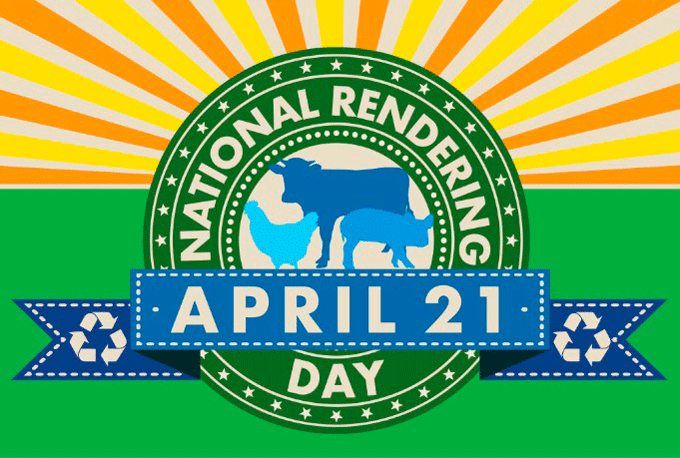
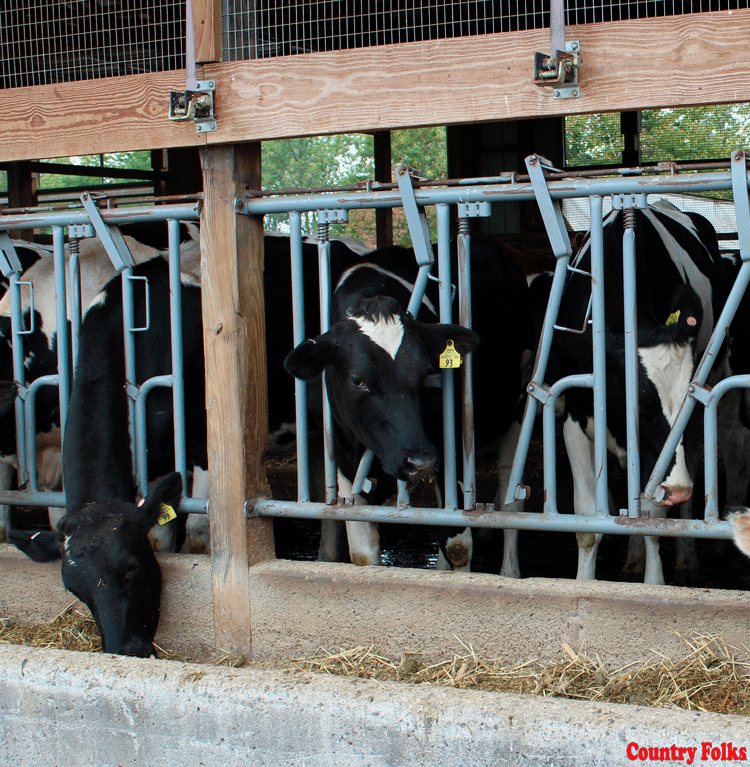
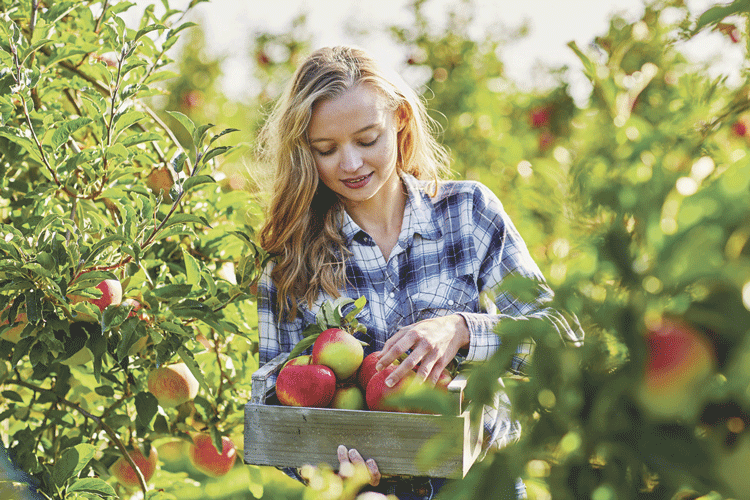
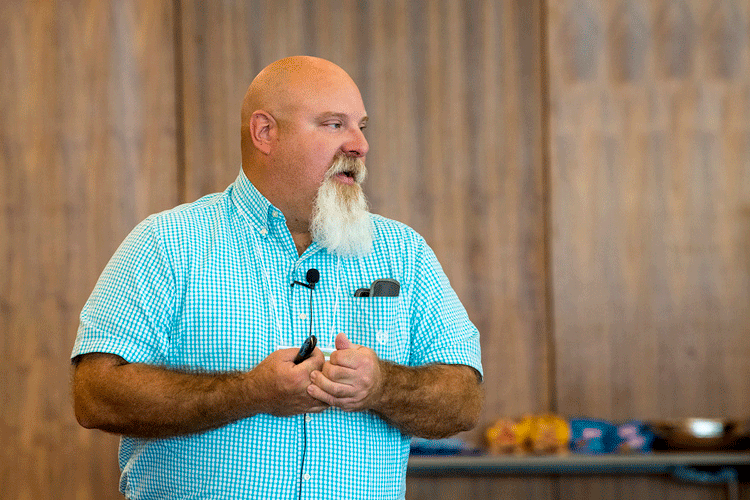

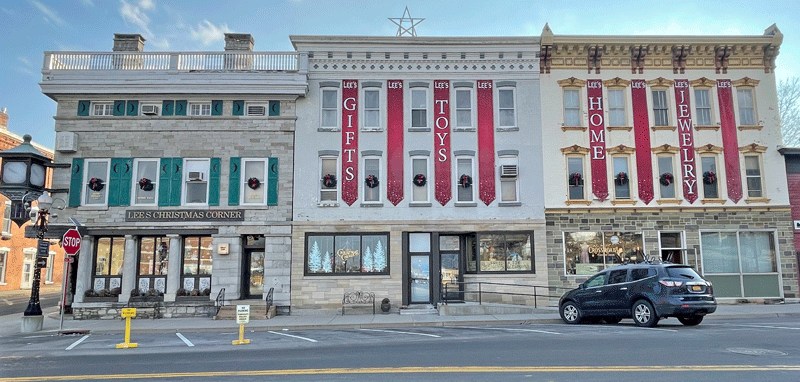




Leave A Comment